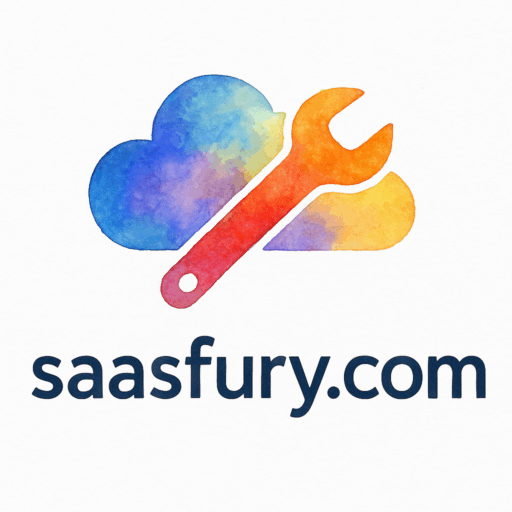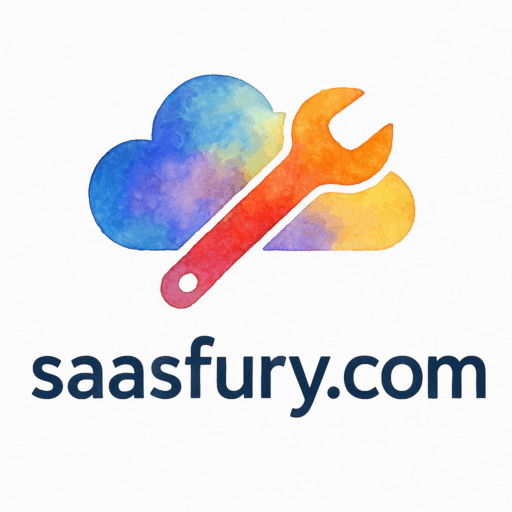Introduction to Patient Record Management in Healthcare
Managing patient records is the backbone of modern healthcare. In the past, hospitals relied on paper files stacked in cabinets—messy, slow, and risky when it came to data accuracy. Fast forward to today, and patient expectations have shifted. They want seamless healthcare experiences, from booking appointments online to accessing digital prescriptions.
That’s where SaaS tools for patient record management step in. With cloud-based platforms, healthcare providers can securely manage patient data, streamline workflows, and improve care delivery. Just as retail SaaS solutions are transforming shopping experiences (explore retail software), healthcare SaaS platforms are setting new standards in patient care.
Why SaaS Tools Are Transforming Healthcare
Healthcare is under constant pressure—rising patient volumes, compliance requirements, and increasing cybersecurity risks. SaaS tools provide a lifeline by offering scalable, cloud-first platforms without the heavy upfront costs of traditional IT infrastructure.
Cloud-Based Solutions for Efficiency
With cloud systems, doctors and staff can pull up a patient’s full medical history instantly, whether they’re in a hospital or on a telehealth call. Just like hospitality SaaS tools (see hospitality software) streamline guest services, healthcare SaaS improves efficiency across the board.

Security and Compliance in SaaS Tools
Patient data is highly sensitive. SaaS providers design platforms that are HIPAA and GDPR compliant, removing the burden from healthcare practices. Many also adopt advanced encryption and role-based access—similar to medical SaaS solutions (discover medical SaaS) that protect patient confidentiality while improving care quality.
Key Features to Look for in Patient Record Management Software
Choosing a SaaS tool isn’t about picking the flashiest platform—it’s about finding the right fit.
HIPAA and GDPR Compliance
Regulatory compliance is non-negotiable. Just as consulting SaaS tools (explore consulting software) ensure industry-specific compliance, healthcare tools must safeguard patient data by meeting HIPAA and GDPR standards.
Data Security and Encryption
Look for features like two-factor authentication and encrypted storage. Think of it as a digital lockbox for your patient files.
Integration with Existing Systems
If your tool doesn’t integrate with billing, scheduling, or telemedicine platforms, it creates silos. That’s why SaaS companies emphasize omnichannel healthcare tools (learn about omnichannel solutions) for seamless workflows.
Scalability and User-Friendly Interface
A growing practice needs software that scales effortlessly. Similarly, industries like online education SaaS (explore e-learning SaaS) rely on tools that grow with their student base—healthcare is no different.
9 SaaS Tool Recommendations for Patient Record Management
Here are nine standout SaaS tools that make patient record management smarter and more secure.
1. Kareo Clinical
Kareo Clinical is designed for small to mid-sized practices. It offers intuitive EHR, e-prescribing, and scheduling—all in one dashboard.
2. athenahealth
A comprehensive cloud solution that combines patient record management with revenue cycle management, making it popular among multi-specialty practices.
3. NextGen Healthcare
Ideal for large practices, NextGen offers interoperability and analytics that help providers deliver data-driven patient care.
4. DrChrono
Mobile-first and physician-friendly, DrChrono allows providers to manage patient records on iPads or smartphones—perfect for house visits or telemedicine.
5. AdvancedMD
AdvancedMD provides an end-to-end practice management suite, including telehealth, patient engagement, and advanced reporting.
6. eClinicalWorks
This platform integrates AI charting, patient portals, and telemedicine, making it future-ready.
7. Practice Fusion
Affordable, cloud-based, and popular among smaller clinics, Practice Fusion offers easy onboarding and a strong support network.
8. EpicCare
Trusted by large hospitals, EpicCare offers robust patient record tools, population health features, and powerful reporting.
9. Cerner PowerChart
Cerner is built for enterprise-scale organizations. PowerChart excels in advanced patient record management, predictive analytics, and secure interoperability.
Benefits of Using SaaS Tools in Healthcare Record Management
Enhanced Patient Care
With all data in one place, providers make faster, more accurate decisions—similar to how graphic design SaaS tools (see creative SaaS) enhance productivity in creative industries.
Reduced Administrative Burden
Automation means fewer paper files, fewer mistakes, and more time spent with patients.
Real-Time Data Access
Updates are instant—whether a doctor prescribes medicine or a lab uploads test results.
Cost-Effectiveness
Subscription-based SaaS removes the need for costly servers or IT teams.
Common Challenges in Patient Record Management
Data Security Risks
Even with top SaaS tools, providers must enforce strong internal security policies.
Staff Training and Adoption
Just as language coaching SaaS platforms (check language SaaS) train learners, healthcare practices must invest in proper training to ensure smooth adoption.
Integration Issues
Poorly integrated systems can create bottlenecks—choosing a provider with strong APIs is crucial.
Future Trends in SaaS Tools for Healthcare
AI-Powered Patient Record Insights
AI will soon analyze patient records to predict conditions and recommend preventive care.
Blockchain for Medical Data Security
Blockchain could revolutionize healthcare tools (explore healthcare SaaS) by ensuring tamper-proof patient records.
Mobile-First SaaS Platforms
With doctors always on the move, mobile-first platforms like DrChrono will become the industry standard.
How to Choose the Right SaaS Tool for Your Healthcare Practice
Assessing Your Needs
Small practices may benefit from Practice Fusion, while hospitals might lean toward EpicCare or Cerner.
Checking Vendor Reputation
Evaluate reviews, case studies, and success stories, just like businesses do when selecting professional SaaS tools (see professional services).
Evaluating Support and Training
Look for providers offering 24/7 support, onboarding help, and staff training.
Conclusion
Choosing the right SaaS tool for patient record management can feel overwhelming, but the payoff is massive. From smaller platforms like Kareo Clinical to enterprise giants like EpicCare, these tools improve workflows, protect patient data, and enhance care quality.
The digital future of healthcare is already here. Just as industries like e-commerce (see SaaS for e-commerce) rely on SaaS to thrive, healthcare must embrace these tools to deliver faster, smarter, and more secure patient care.
FAQs
1. What is a SaaS tool for patient record management?
It’s cloud-based software that securely stores and manages patient health records.
2. Are SaaS tools safe for patient data?
Yes—top tools are HIPAA and GDPR compliant, with encryption and secure access.
3. Can small clinics afford SaaS record tools?
Definitely! Affordable options like Kareo Clinical and Practice Fusion are tailored for smaller practices.
4. Do these tools integrate with other healthcare systems?
Yes, most modern SaaS solutions integrate with billing, scheduling, and telehealth tools.
5. How much do these platforms cost?
They usually run on subscription models, making them cheaper than legacy on-premise systems.
6. What’s the future of SaaS in healthcare?
AI, blockchain, and mobile-first tools are the future of patient record management.
7. How do I pick the best SaaS tool?
Start by assessing your practice’s size, compliance needs, and required integrations—then shortlist vendors accordingly.

